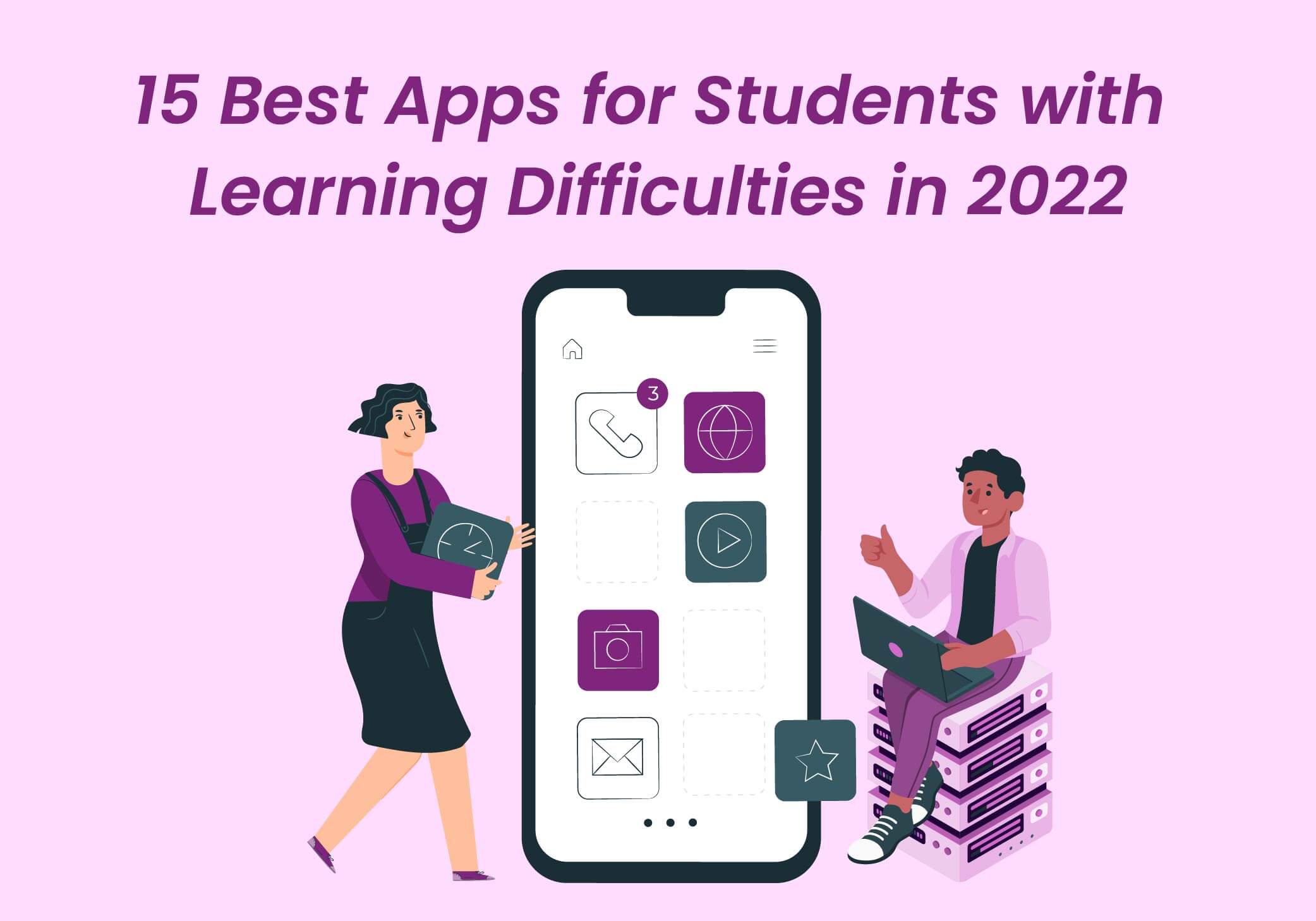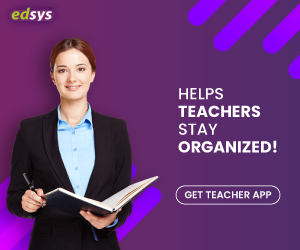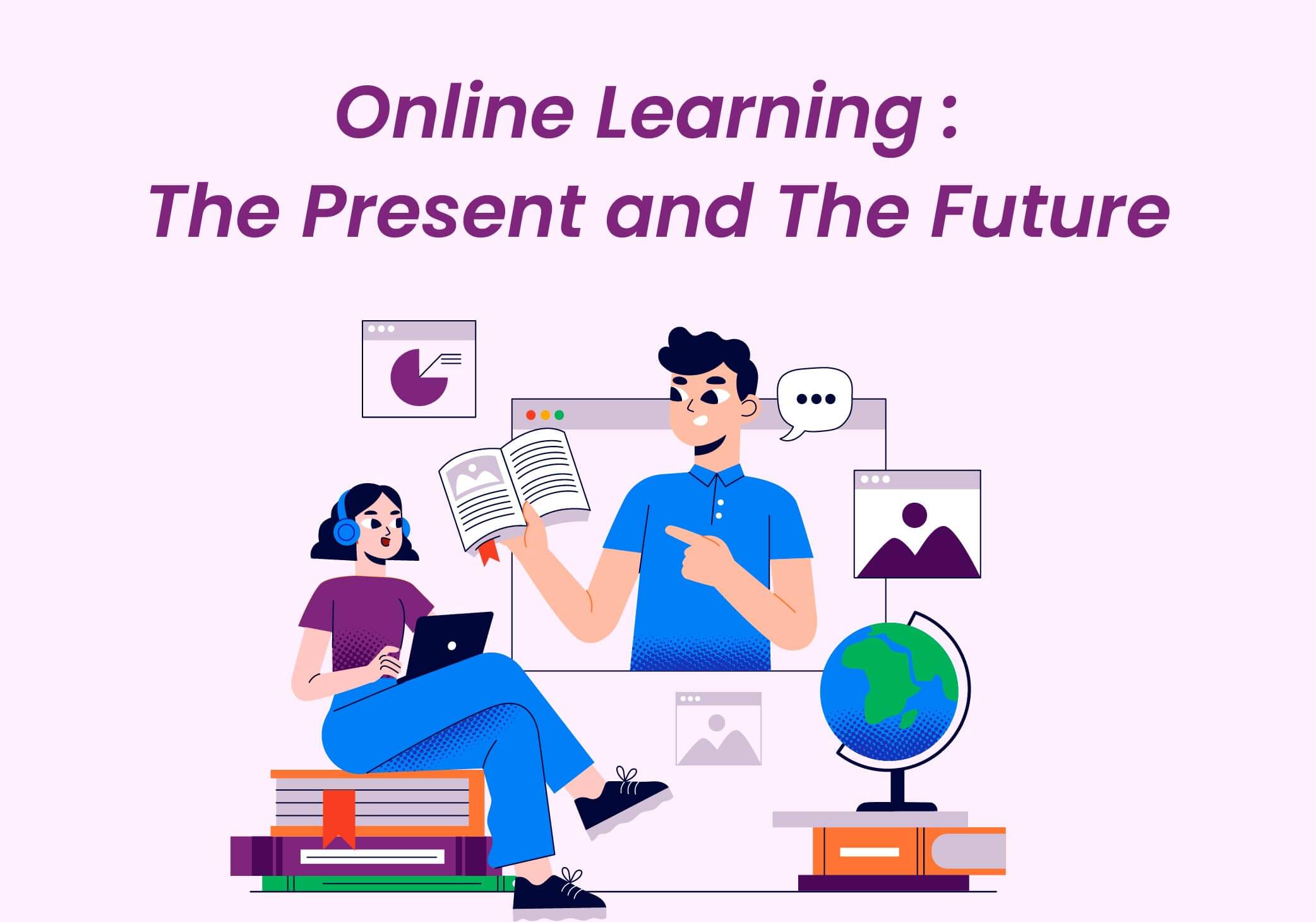Students, especially beginners, often have a hard time understanding and learning the different concepts, and improving different areas of their skills. When it comes to students with special needs, especially those with learning difficulties, it is even more difficult.
Get Best Free Student Apps (Check it Now)
According to the statistics under Individuals with Disabilities Education Act 2019-2020, 33% of the students who are pursuing special education have learning difficulties ( Source:https://www.edweek.org/teaching-learning/special-education-definition-statistics-and-trends/2019/12)
Many of these students attend normal schools. This can sometimes be quite challenging for them depending on the learning difficulty they are struggling with.
Common Learning Difficulties
Learning difficulties are the result of processing disorders of the brain. This affects all major learning-related skills, like reading, writing, speaking, listening and reasoning.
There are mainly 5 types of identified learning difficulties that students struggle with.
Dyslexia
Dyslexia is a language-based learning difficulty that affects the way their brain process of speaking/writing a language. Children with dyslexia often struggle with reading and writing. The common types of dyslexia are phonological dyslexia, visual dyslexia and Rapid naming dyslexia.
Attention Deficit Hyperactivity Disorder (ADHD)
Children with ADHD often find it difficult to focus. Therefore, they find learning in a traditional classroom set up difficult. Some of the children with ADHD show signs of inattentiveness, while some are hyperactive or impulsive, or both.
Dyscalculia
Children with dyscalculia have issues in understanding basic mathematical concepts, such as organising numbers, understanding quantity, place, value and time. They also struggle with understanding and using steps to solve math problems.
Dysgraphia
Children with dysgraphia have a hard time while writing. They often have a cramped grip while holding a pencil and have illegible handwriting, poor spelling and inconsistent spacing. They also find it difficult to think and write at the same time.
Also Read: (Top 12 Language Learning Apps for 2023)
Dyspraxia
Children with dyspraxia have a hard time planning and coordinating physical movement because of delayed neurological development. They often struggle with fine motor skills, such as hand-eye coordination and holding a pencil, or gross motor skills, such as running and jumping.
Apps for Learning Difficulties
Having learning difficulties is not rare. There are many options for students to overcome their difficulties and learn. Many education providers are more inclusive these days. Another common and efficient option is learning with the help of technology.
There are many special education apps available that help students with different kinds of special needs to learn without hindrance. Some of the apps serve multiple kinds of special education needs, while some serve exclusively for a specific need. However, the best part about these apps is that students can learn at their own pace.
Reading and Writing Apps
Writing Wizard for Kids
Writing Wizard app is for children who struggle with writing with their hand. The app makes the process fun and accessible for them. The app comes with plenty of features suitable for beginners. It includes 13 different fonts, worksheets, and interactive games to make it engaging. It also helps children to learn about shapes and numbers. You can also customize the app, with regard to the requirements of users. The free version of the app is available in Google Play Store and there is a paid version in the Apple App Store.
Reading Machine
Reading Machine app suits children with dyslexia or other difficulties in learning to read. They might struggle with unfamiliar sentence structures, complex words, and similar challenges. The app helps the readers understand what they are reading with the help of text-to-speech, phonics support, and dictionary features.
Reading Machine app has more than 125 books for beginners, and provides reading lists for children based on their age and skill levels. The app is available in the App Store.
Rainbow Sentences
Rainbow Sentences app helps children who struggle with forming sentence structures. The app comes with features, like color-coded words, text-to-speech and picture-based sentence lessons, that help children to construct English sentences in a way they understand.
Children can also record as they read and play the recording to improve their reading. Rainbow Sentences app is available in App Store.
Also Read: (16 Best Apps To Learn English Grammar)
Math Learning App
ModMath
ModMath app helps children with dyslexia and dysgraphia learn math. The app acts as a tool that helps children solve math problems without having to go the traditional way of learning. ModMath features an easy-to-use custom keypad and digital graph paper that lets children to create their equations, be it simple addition and subtraction or algebra. Children can also share their work with their teachers using the app.
The app is available for free in the App Store, but some in-app features require payments.
Todo Math
Many students struggle with learning math concepts and it is extra hard for children with learning difficulties to grasp. Todo Math app comes with various visual elements helping them to correlate objects with numbers.
The app introduces users to a number. One side of the screen shows the visualised version of the number that they can touch. They can trace the number on the other side of the screen. This will help them have an idea of how the number looks like and what the number value is.
Todo Math app is available for free in Google Play Store and App Store. But you have to subscribe yearly or bi-yearly plan to gain access to extra content.
Language Development
MyTalkTools Mobile
MyTalkTools app is an augmentative alternative communications (AAC) app that is suitable for children with communication difficulties. It helps children with Down syndrome, Cerebral Palsy, hearing or visual impairments, autism or other conditions that hinder communication ability.
MyTalkTools allows users to express themselves using a sequence of words, sounds and images, text, and text-to-speech. Users can customise the app to view only certain images and play certain sounds that are best suited for them. It helps them to child communicate better.
The app is available to download for free in both App Store and Google Play Store.
Avaz AAC
Avaz AAC is one of the best speech apps that feature a dictionary and plenty of voice clips to help students with speech difficulties. The app also comes with Symbolstix image library that can be customized and used by all age groups.
Avaz AAC app is equipped with an alert button that lets children to tell you in case they need your full attention. There is also a mistake button that lets them to tell you when they make a mistake. It also has a training module for new users so that they can get familiar with the app in an easy and fast manner.
Avaz AAC app is available for free to download in Google Play Store and App Store. Users can use the app for free for 14 days after which you will have to subscribe to continue using it.
Sounding Board Language
Many of the children with Autism, ADHD and Sensory Processing Disorders are nonverbal or might have a hard time communicating. Sounding Board Language app helps children to express their wants and needs.
The app comes with different pre-loaded communication boards. You can also create your own boards and upload pictures. For example, if your child wants to go somewhere, you can upload a picture of the place in your locality. This helps them to identify where they want to go when you show them the picture.
Sensory Processing Apps
Glow Draw!
Glow Draw! app is for children with sensory disorders and autism.
The app allows children to draw on a black screen using fluorescent lights. The fluorescent lights give children the sensory simulation. It also helps them to improve their fine motor skills required for writing.
Glow Draw! App is only available in the App Store.
Dropophone
Dropophone app is for children with sensory processing disorders, who require lots of sensory stimulation–to use any or all of their five senses—for calming down their bodies and minds.
The app features colourful raindrops with music that users can tap and listen to the sounds they make. There is also a ticking timer creating repetitive sounds that help to improve the sensory functionality of children. The colourful sound-making raindrops and the music help children with sensory difficulties to feel calmer. It also improves their focus and behaviour.
Dropophone app is available only on App Store.
Model Me Going Places
Children with sensory disorders and autism are often overwhelmed and scared about going to public places, especially if they are going for the first time.
Going places app helps the children prepare for a new experience, explaining to them where they will be going and what they will do there. It will help them to get over the anxiety and lets them familiarise with the place before you go there.
Model Me Going Places app is available in App Store.
Organizing and Planning Apps
myHomework Student Planner
myHomework Student Planner app is suitable for older children with ADHD and other learning difficulties. It helps them to stay organized and keep track of their assignments.
Users can enter their subjects, assignments and keep track of the tasks they need to complete. Children with learning difficulties often find it hard to keep up with their daily learning tasks. You can enter their daily homework on to the app and help them to keep track of the assignments they have to complete.
myHomework Student Planner is available in both Google Play Store and App Store.
Autism Timer
Autism Timer app is a colourful planner app for children with autism and sensory processing disorders. The app helps to improve the children’s organization and planning skills.
Children with learning difficulties often find it difficult to stay focused in class or until their activity ends. It might be because they feel that the activity is too difficult for them to handle or that they would not be able to complete it. The timer in the app helps children to know how much time is left for them to complete the activity.
Autism Timer app is available in App Store.
Speech Delay Apps
Articulation Station
Articulation Station app helps children who struggle with speech delay issues to learn how to pronounce and practice sounds.
The app comes with high-quality images and fun-filled activities to help the children learn. They get to practice at word, phrase, sentence and story levels depending on their skills.
There are 22 sound programs in the app that helps children to understand how letters sound based on their position in words, sentences and stories.
Articulation Station app is available for download in the App Store.
Splingo
Splingo is a speech and language app that helps students to improve their listening and language skills through fun games featuring aliens and spaceships.
Users can customise the app based on the specific language skills they want to improve. They get rewarded as they complete the tasks. This motivates children to keep learning.
Splingo app is available for download in both Google Play Store and App Store.
How Do These Apps Benefit the Students?
The learning apps help students in the following ways.
Express Themselves
Children with speech delays find it hard to communicate with others and express what they feel, their needs and desires. The apps help them to achieve it.
Learn Life Skills
Children with special needs often have a difficult time trying to do their day-to-day tasks and staying organized. Many of these apps help them to stay in schedule and organized, manage time, and much more.
Get Best Free Student Apps (Check it Now)
Improve Social Skills
Many of the apps help children with social delays to improve their social skills, and emotional and physical regulation.
Lessen the Efforts of Caregivers
Caring for students with special needs requires more efforts. Caregivers mostly get no breaks as the children require constant attention. Since the apps help with the teaching part, caregivers can take a break in between without any worries.
Apart from the 15 apps listed above, there are plenty of other apps available for students with learning difficulties. Every app is different. So is the learning difficulty each student faces. Therefore, it is wise to analyse the struggles faced by your children and the kind of app that works for them before going for the one.
Some children might be facing multiple learning difficulties. In such cases, they would need more than one app to ensure that they get to improve in different areas, thus giving them a chance for holistic learning.
With these apps, nothing can stop the children from overcoming their struggles and soar high!





